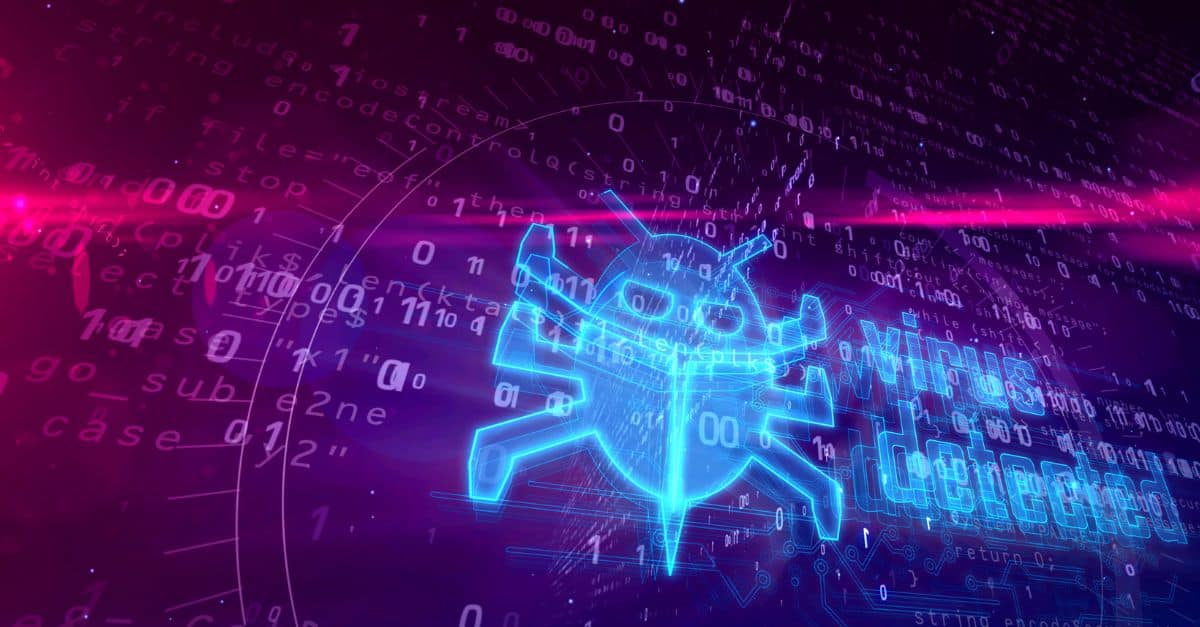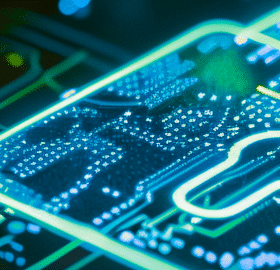How Can Solution Vendors Raise Network Detection and Response (NDR) Performance to Secure Market Share?
Next-Gen DPI: An Invaluable Fuel for AI Innovation and NDR Effectiveness
With a market size of USD 2485.7 million in 2022 and a forecast size of USD 7893.83 million in 2031 [1], Network Detection and Response (NDR) is in high demand. What can solution vendors do to strengthen their offering and ensure their share of market growth?
NDR: A Must-Have to Protect Against New and Emerging Threats
NDR helps organizations protect themselves against known and unknown (or ‘zero day’) threats present on networks. It does this by analyzing network traffic and, for known threats, matching patterns against threat signatures provided by intrusion detection/intrusion prevention systems (IDS/IPS). For new and emerging threats, NDR identifies abnormal system behaviors that may indicate malicious activities. This anomaly-based form of threat detection increasingly relies on machine learning (ML) and artificial intelligence (AI), and is typically developed using protocol information and metadata derived from deep packet inspection. When suspicious activity is detected, the NDR solution uses a set of rules to define the actions required to mitigate the potential attack.
A Standalone Best-of-Breed Tool to Meet Increasingly Stringent Security Needs
Although solution vendors are increasingly integrating NDR into large, multifunction security platforms like Secure Access Service Edge (SASE), Security Service Edge (SSE) and Zero Trust Edge (ZTE), NDR is one type of solution that persists as a standalone best-of-breed tool. In fact, NDR shines when deployed alongside such platforms. It is particularly effective in the identification of complex threats that have evaded conventional endpoint and perimeter defenses.
Providing a zero trust, defense-in-depth checkpoint for other systems makes good sense and helps organizations meet increasingly stringent security standards and regulations. This includes zero trust mandates which work on the continuous assumption that one’s network has been breached, and dictates that even limited, authorized connections must be continually monitored for signs of misbehavior.
In addition, NDR is in high demand because the detection of zero-day and advanced persistent threats (APTs) remains hugely challenging for organizations no matter what type of conventional security tools are used. Continuous AI innovation in detection methods is the key to addressing this challenge [2], especially as threat actors in turn adopt AI tools and techniques to develop advanced attacks.
Next-Gen DPI: A Game-Changer for AI Innovation and NDR Performance
The success of AI-powered network threat detection – as with all ML and AI initiatives – is dependent on the accuracy and precision of the data its models consume. And this is where Enea’s next-generation deep packet inspection (DPI) technology offers a key differentiator, providing structured, high-quality network traffic data that constitutes a robust and reliable data foundation for AI innovation [3].
Enea’s next-gen DPI software engine, the Qosmos ixEngine provides highly detailed and accurate information on each flow. It recognizes more than 4500 protocols and applications, and can extract 5900 types of metadata. It can also identify and classify encrypted and evasive traffic and indicate signs of anomalous behavior.
Intrusion Detection Capabilities inside NDR
Furthermore, the Qosmos ixEngine integrates with the Enea Qosmos Threat Detection Software Development Kit (TD SDK) to provide unique intrusion detection capabilities. In a pioneering approach to IDS, the Qosmos TD SDK is delivered as a software component [4], and embeds core functionalities from Suricata, the industry’s leading IDS solution. This tight integration raises operational performance by eliminating double packet processing and accelerating parsing speed while significantly improving threat detection accuracy.
Network solution vendors can rapidly raise the performance, precision and speed of threat detection in their NDR products by embedding the superior network traffic inspection and intelligence capabilities of Qosmos ixEngine and Qosmos TD SDK.
To find out more about Enea’s technologies for NDR, click here.
References/Further Reading
[1] Business Research Insights, “Network Detection and Response (NDR) Market Report Overview”: https://www.businessresearchinsights.com/market-reports/network-detection-and-response-ndr-market-101254
[2] To discover how Custocy is using Enea’s Qosmos ixEngine and Qosmos TD SDK in their AI-powered NDR platform, click here: https://www.enea.com/insights/how-custocy-uses-next-gen-dpi-and-ids-to-power-ai-based-network-threat-detection-and-response/
[3] Read this 2-page solution overview to understand how Enea’s technology delivers rich network traffic data for machine learning and artificial intelligence: https://www.enea.com/insights/rich-network-traffic-data-for-machine-learning-ml-artificial-intelligence-ai/
[4] To learn how Enea Qosmos Threat Detection SDK meets key product management needs in a way that integrating a full stack IDS or developing a custom IDS from scratch cannot, click here: https://www.enea.com/insights/network-intrusion-detection-as-an-sdk-yes-sometimes-dreams-do-come-true/




